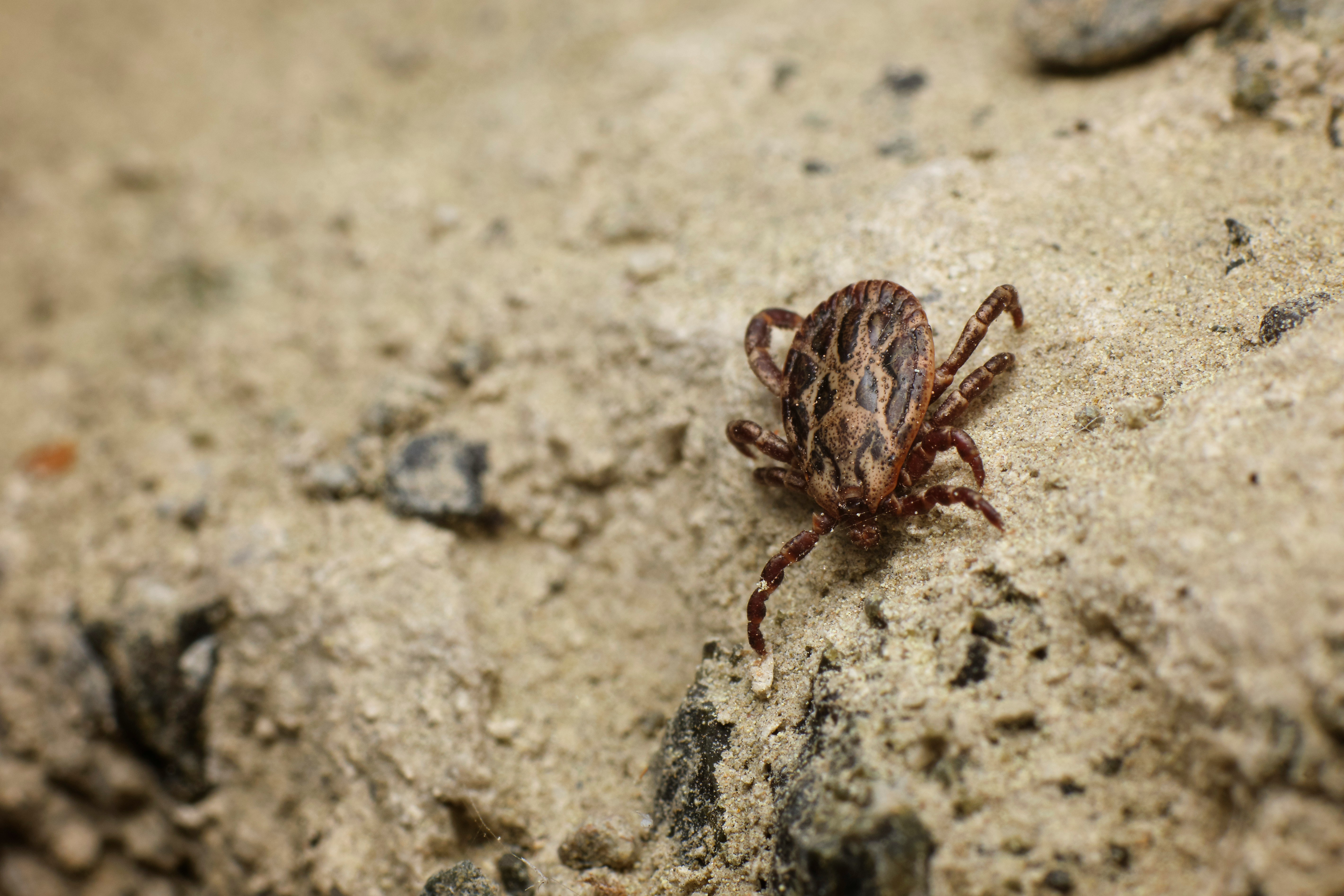Crimean Congo Haemorrhagic Fever (CCHF)
Explore this page to learn more about Crimean-Congo Haemmorrhagic Fever, updates, resources, and news.

About CCHF
According to the World Health Organization, Crimean-Congo haemorrhagic fever (CCHF) is a viral haemorrhagic fever primarily transmitted by ticks. It may also be contracted through exposure to viraemic animal tissues during and immediately after the slaughter of infected animals. CCHF poses a significant threat to public health, as it can lead to epidemics, has a high case fatality ratio ranging from 10–40%, and can result in outbreaks within hospitals and health facilities. Furthermore, prevention and treatment of CCHF remain challenging. The disease is endemic across all of Africa, the Balkans, the Middle East, and Asia.
Initially described in the Crimean Peninsula in 1944 as Crimean haemorrhagic fever, it was later determined in 1969 that the causative pathogen was identical to one identified in 1956 in the Congo Basin. This connection between the two locations led to the current designation of the disease and virus.
Explore
Resources
- January 2025: NETEC Transmission Interrupted: Understanding the Threat of Crimean-Congo Hemorrhagic Fever: Key Insights from "Transmission Interrupted"
- World Health Organization
- World Health Organization- Fact Sheet
- Centers for Disease Control & Prevention
- European Centre for Disease Prevention & Control
- African Centres for Disease Control & Prevention
Updates | Situational Reports
There are currently no situational reports as of December 2024.